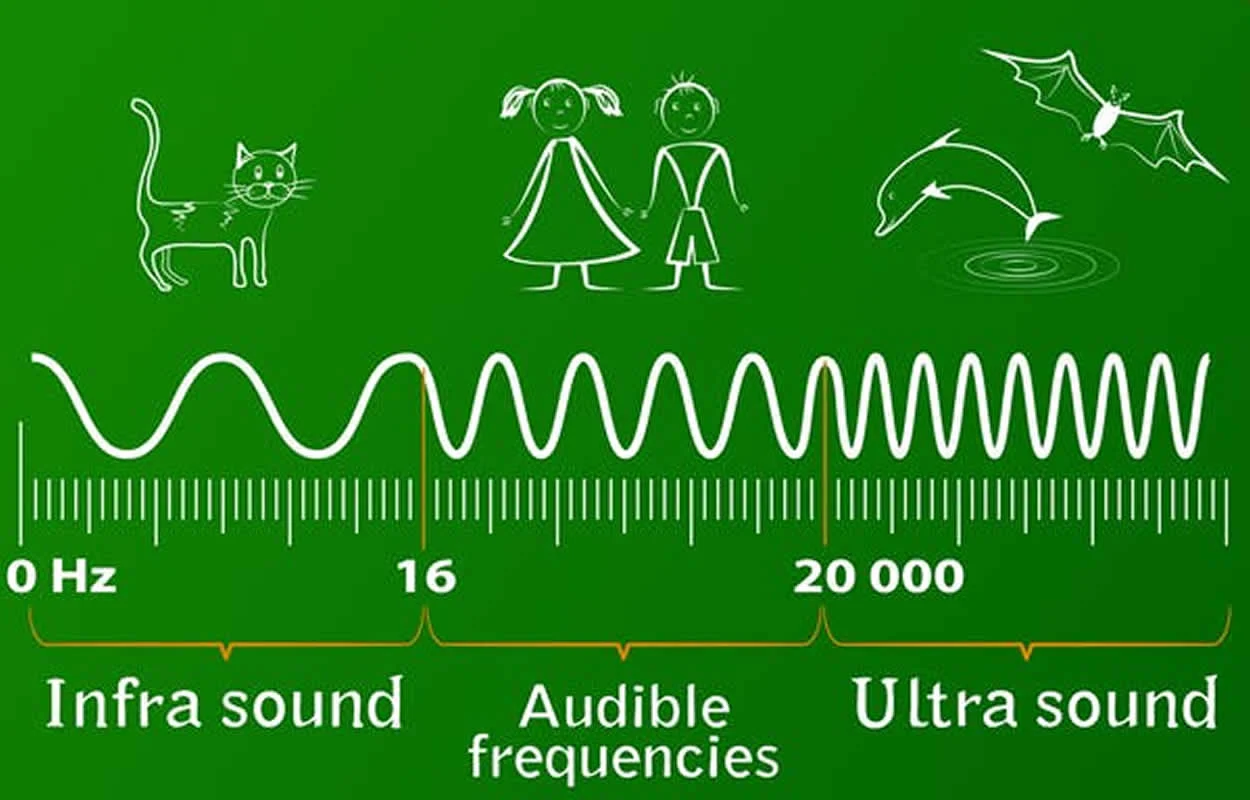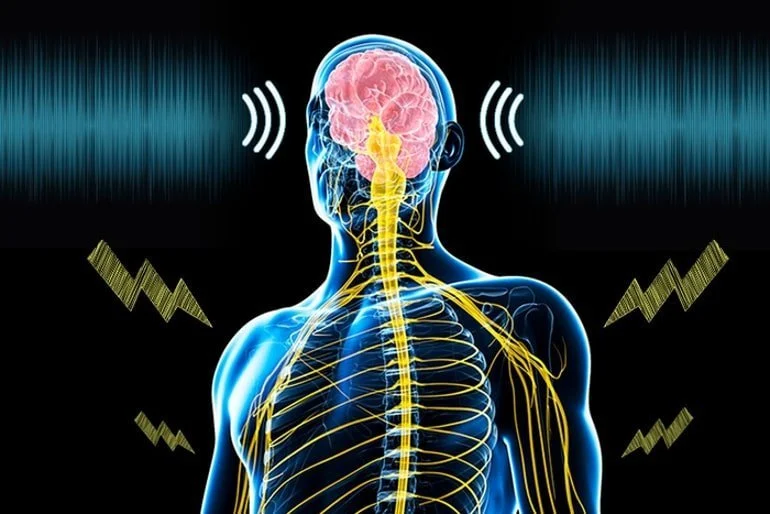KEY BENEFITS

Music has a profound effect on the human brain, stimulating various areas of the brain and triggering a range of cognitive, emotional, and physical responses. Here are some ways in which music stimulates the brain:
-
Activating the reward centers: Music stimulates the release of dopamine, a neurotransmitter associated with pleasure and reward, in the brain's reward centers. This activation of the reward centers is why music can be so enjoyable and why we seek it out.
-
Enhancing cognitive function: Research has shown that music can enhance cognitive function, including memory, attention, and language skills. This effect is thought to be due to the way music activates multiple areas of the brain, creating a more connected neural network.
-
Evoking emotions: Music has the power to evoke a wide range of emotions, from joy and excitement to sadness and nostalgia. This emotional response is thought to be due to the way music activates the limbic system, which is involved in processing emotions.
-
Improving motor function: Music has been shown to improve motor function, including coordination and timing. This effect is thought to be due to the way music activates the cerebellum, a brain region involved in movement control.
-
Reducing stress and anxiety: Listening to music can have a calming effect on the brain, reducing stress and anxiety levels. This effect is thought to be due to the way music can slow down the heart rate and breathing, creating a sense of relaxation.

Overall, music has a powerful effect on the brain, stimulating multiple areas and triggering a range of cognitive, emotional, and physical responses. These effects make music a valuable tool for enhancing our overall well-being and quality of life.
Several parts of the brain are affected by music, but some of the most prominent ones include:
-
Frontal lobe: The frontal lobe is involved in decision-making, attention, and problem-solving. Music has been shown to activate this region of the brain, particularly when listening to music that is unfamiliar or complex.
-
Temporal lobe: The temporal lobe is involved in processing auditory information, including music. It is responsible for recognizing musical patterns, such as melody, rhythm, and harmony.
-
Limbic system: The limbic system is involved in processing emotions, and music has been shown to activate this region of the brain. Music can evoke a wide range of emotions, from joy and excitement to sadness and nostalgia.
-
Cerebellum: The cerebellum is involved in movement control and coordination. Music has been shown to activate this region of the brain, which may explain why music can improve motor function, including coordination and timing.
-
Nucleus accumbens: The nucleus accumbens is part of the brain's reward system and is responsible for releasing dopamine, a neurotransmitter associated with pleasure and reward. Music has been shown to activate this region of the brain, which may explain why music can be so enjoyable and why we seek it out.
Music stimulates multiple areas of the brain, creating a complex and interconnected network of neural activity. These effects are why music can have such a profound effect on our emotions, cognition, and physical function.

Music can stimulate negative feelings, just as it can stimulate positive ones. While music can be a powerful tool for improving mood and reducing stress, it can also evoke emotions such as sadness, anger, or anxiety, depending on the individual and the context in which the music is experienced.
For example, a sad song might evoke feelings of melancholy or grief in someone who is already feeling down, while an aggressive or chaotic piece of music might evoke feelings of anger or anxiety in someone who is already feeling stressed. Similarly, music that is associated with negative experiences, such as a traumatic event or a difficult period in someone's life, may trigger unpleasant memories and emotions.
It is worth noting that the emotional response to music can be highly individual, and what one person finds negative or unpleasant may be different from what someone else experiences. Additionally, the same piece of music can have different emotional effects on different people, depending on factors such as personal experiences, cultural background, and musical preferences.
Overall, while music can be a powerful tool for improving mood and well-being, it is important to recognize that it can also evoke negative emotions and to use it mindfully and in a way that supports one's mental health and emotional well-being.

Different sound frequencies can affect the brain in different ways. Here are a few examples:
-
Alpha waves (8-14 Hz): Alpha waves are associated with relaxed, meditative states and can help calm the mind and reduce stress. Listening to music with alpha wave frequencies can help induce a sense of relaxation and promote mindfulness.
-
Beta waves (14-30 Hz): Beta waves are associated with alertness, focus, and concentration. Listening to music with beta wave frequencies can help increase mental clarity and improve cognitive performance.
-
Theta waves (4-8 Hz): Theta waves are associated with deep relaxation and meditation and can help promote a sense of calm and reduce stress. Listening to music with theta wave frequencies can help induce a meditative state and promote deep relaxation.
-
Delta waves (0.5-4 Hz): Delta waves are associated with deep sleep and can help promote restful sleep and relaxation. Listening to music with delta wave frequencies can help induce a state of relaxation and promote deep, restful sleep.
It's worth noting that not all music is created equal when it comes to these frequencies. While certain types of music, such as ambient or instrumental music, may be more likely to contain these frequencies, the specific frequencies and their effects on the brain can vary depending on the composition and arrangement of the music. Additionally, individual differences in hearing and brain function can affect how someone responds to different sound frequencies.

